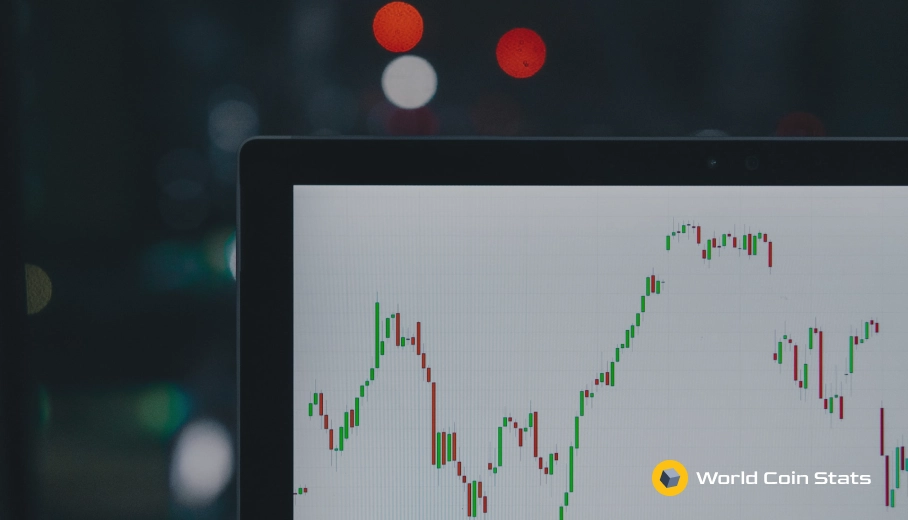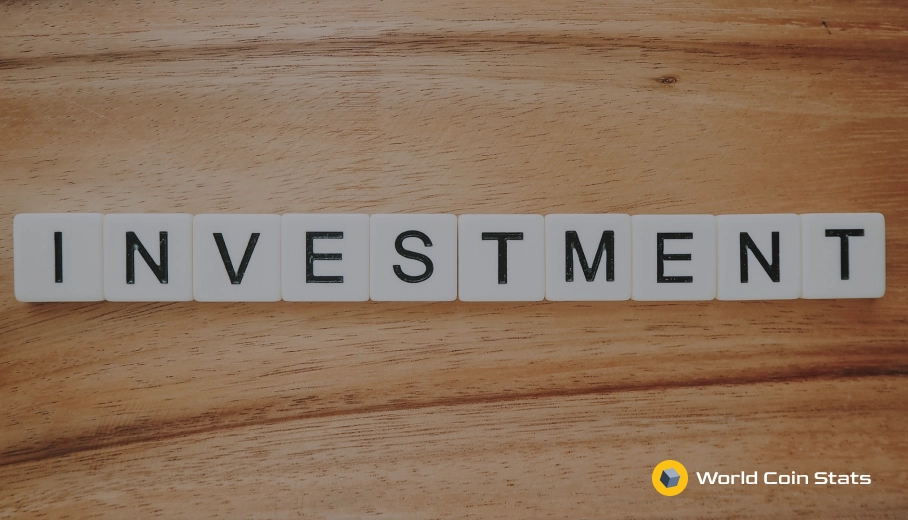7 Risks Associated with Passive Investing Strategies
There are so many factors associated with both active and passive investments. The primary role in this sector is played by the performance and cost of the stock. As per the general market scenario, the passive funds charge lower fees when compared to the active ones.
Actively managed portfolios are capable of boosting returns for investors. However, passive investments take significant leads over tax efficiency and enhanced transparency. But making decisions about the risk-free approach is the major challenge.
Are you planning to invest in passive investing strategies? Well, it is first necessary to check the risks associated with this market. Below we have highlighted a few of the risks associated with passive investing strategies. By taking a look at them, you can prepare your investment ideas accordingly.
Portfolio Disconnection
The Vice President of VFG Associates, Tiffany Welka, recently stated that the most significant risk factor in the passive investment world is related to Portfolio Disconnection. We cannot assume that the portfolio can manage everything on its own, right?
Are you following a passive investment strategy? If yes, then you should make an additional analysis of the losses and gains in the passive market.
However, there is probably no need to change investments as often as active investment strategies. But you have to relocate the funds during economic changes. They can affect the returns to a great extent.
Chasing Returns
Are you planning to make a passive investment? Before you start investing, you need to understand a basic rule. Returns are dependent on market scenarios. For example, risks related to interest rate hikes, inflation, taxation purpose risk, longevity, and the stock market.
Experts reveal that major problem starts when investors take significant risks in short timeframes. Most of those people have not created a solid exit plan, as well. The truth is you can never predict the exact highs and lows for the market. Hence, it is always essential to start with a solid exit strategy in your mind. Instead of chasing returns blindly, it is better to make a safe and secure move in the market.
Mistiming Allocations
When investors make a mistake to account for the underexposure or overexposure in the passive market, they are more likely to face losses. Furthermore, passive investment strategies are not the best choice for people close to retirement.
To mitigate the risks more appropriately, one should have an estimated gap of 5 to 10 years for retirement. Due to the longer window for volatility in the market, younger investors are more likely to ensure more returns from passive portfolios.
It is all about choosing the right time for investment allocations. This way, you can deal with the risks in a more appropriate manner.
Improper Adjustment to Taxes
Passive funds are generally more efficient as compared to active funds due to the lower turnover rater. However, it is unquestionably a bad idea to believe that all passive investment strategies provide tax advantages.
Tax issues keep on varying with the type of investment in the market. For example, mutual funds can produce substantial capital gain dividends without requiring any selling efforts from the investor. Also, if the investments are passive, the investor is advised to stay more active in managing the tax liability.
Emotional Investments
Even with passive investment strategies, investors often end up making big mistakes by giving more priority to their emotional imbalances. The behavior of the investor towards market changes can often lead to significant risks. This fact is well-tested at the time of recession.
When people get panic about volatility, they are more likely to make improper moves in the market. This behavior can cause a massive loss. This is true, especially when it comes to long term investments. So, there is no point in rushing towards the exit in a panic mode.
In this kind of situation, investors should stay stable and observe market trends first. The decisions must be careful and strategic always.
Equating Low Cost to Low-Risk Policy
Inexperienced investors often assume that cost-effective passive investments ensure risk reduction in the market. But this is entirely wrong. In simple terms, we should say that cheap and passive don’t mean a less risky investment.
In general, the term passive investment naturally means exaggeration of low risk in the market. It also usually creates a false sense of security for investors. In fact, they may get exposed to market volatility due to the lack of active risk management policies.
Ignoring Diversification in the Global Market
The moment U.S. equities went dominant in passive portfolios, investors in the market may start making instant moves. They would want to diversify their return opportunities. Well, this action can cause trouble for investors close to retirement. Also, this scenario of sequence risk may lead to significant problems in the market.
Even if your observations say a 20-30 year forward return for the targeted passive portfolio, it is still challenging to decide how to reach that goal. While making investments in the passive market, it is essential to be careful when it comes to retirement plans. You need to create a globally diversified portfolio that is capable of managing risks.
After going through all these risk factors, you might have got some ideas about how to make safe investments with passive portfolios. Hope you will be able to ensure high returns from all your future investments.




